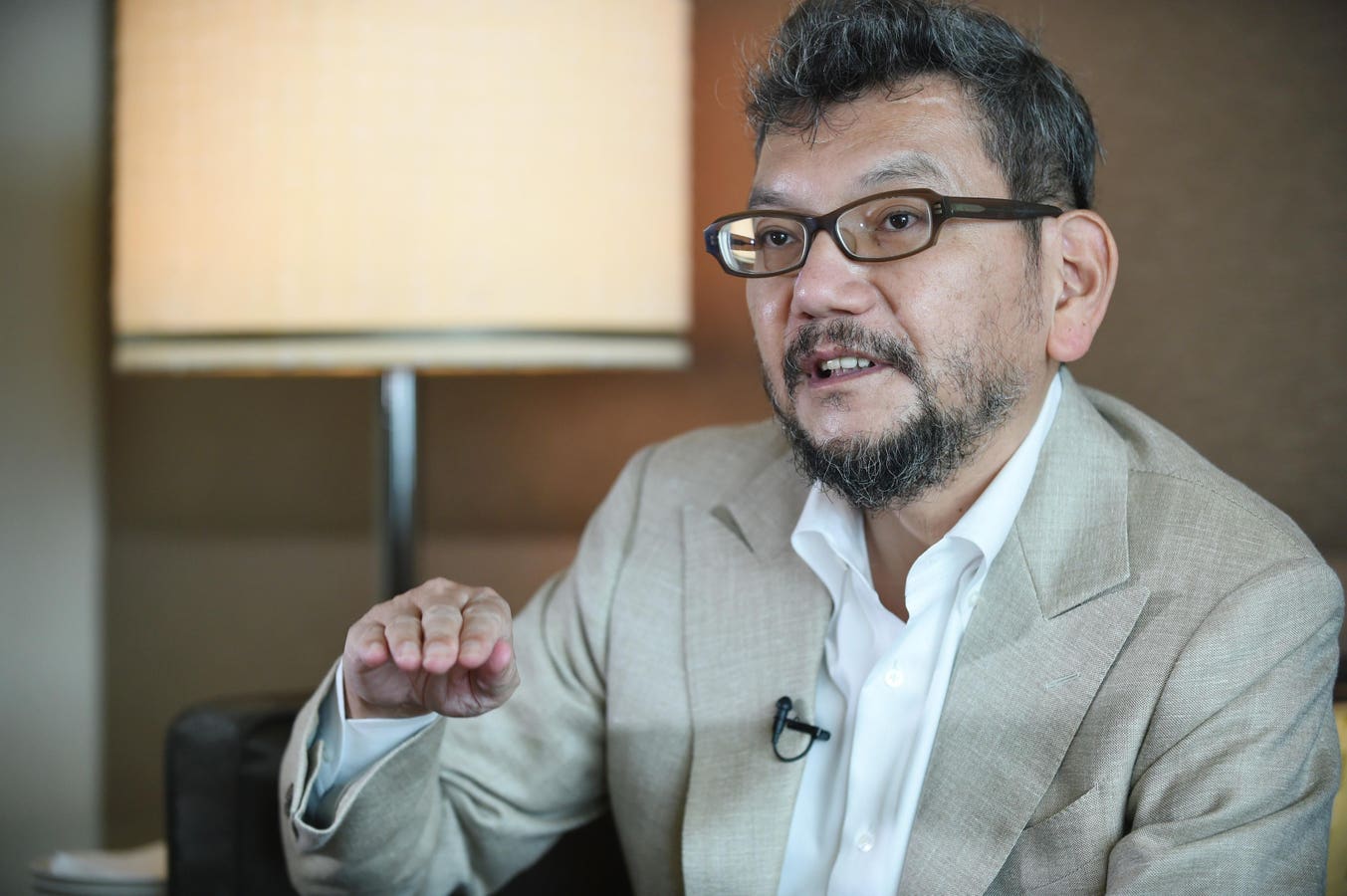As society shifts, so do people’s approaches to commitment. Understanding how marriage changes is … More
Over the past few decades, the face of marriage has slowly begun to change. Not too long ago, many families looked quite similar. Most young people saw at least one marriage in their future, and the average age to wed was relatively young.
This has begun to change over the past decade. While some people realize that marriage might not be for them, others wish to learn what it takes to keep the spark alive. As a result, people are turning toward unconventional unions as an alternative to tradition.
For instance, in response to the increased divorce rate, Mexico City considered introducing the option of a renewable marriage contract. The point here was to allow couples to stay married for up to two years with the option to adjust or dissolve the agreement when the contract expires.
While these measures seemed counterintuitive, the intention behind the proposed bill was to offer an option for people to test the waters before making a life-long commitment.
Mexico’s renewable contracts never came to pass, but the fact that the country’s policy makers considered it shows how the concept of marriage is itching to evolve. More and more people are adjusting tradition to find something that suits them better. Knowing how people reshape their unions could be the key to improving your romantic life.
Here are three marriage statistics to be aware of.
1. Cohabitation Is Skyrocketing
With the gradual fading of societal stigma, living with a partner outside of marriage has become increasingly common. While cohabitation was once seen as a steppingstone to marriage, a 2019 report from the Pew Research Center notes that for many young people today, moving in together is not necessarily part of a path toward tying the knot — it’s simply how they choose to build their lives.
The number of unmarried adults living together has increased since the 1960s, and according to the report, 59% of US adults aged 18 to 44 have lived with an unmarried partner at some point in their lives.
People often choose to do so as it offers the solace of a partner without the potential consequences of divorce, or simply because they believe living together is just as deep a sign of commitment as getting married.
This might seem like the perfect compromise, but it does not suit everybody. Simply living together looks like the ideal alternative — offering companionship without legal commitments — but it can be short-lived.
A 2020 study published in the Journal of Marriage and Family found that living together is more of a transitional phase than a lasting situation for many. Despite these statistics, some couples still feel that cohabitation is the best way to make their relationship work.
2. More Couples Are Going To Marriage Counselling
According to a 2014 Couple and Family Psychology study, one of the biggest reasons for the increasing divorce rate is a lack of commitment. Love does not come easy — it takes time, effort and compromise for most people. This is where counseling plays a crucial role.
Rather than viewing relationship difficulty as a sign of weakness, many couples take on the challenge with the help of counseling. This provides a safe outlet for people in a relationship to settle things amicably.
A counselor can help couples mediate their deepest frustrations. Through reviewing the relationship, couples learn essential tools, practice active listening and gain empathy for their partners.
A 2012 study in BMC Public Health analyzed evaluations of almost 150 couples in therapy. It found that relationship satisfaction was the most common outcome. Across the board, couples who participated in treatment reported notable improvements in their relationships from pre- to post-treatment. These improvements ranged from healthier communication to increased emotional intimacy and a stronger sense of connection.
3. People Are Getting Married Older
The fact that more couples are going to counseling confirms something that people already know — marriage is hard. Couples have begun taking their time before heading to the altar, aided by the understanding that marriage is a huge undertaking that requires maturity and careful consideration.
A 2024 report from the National Centre for Family and Marriage Research shows that the average “marriage age” has grown steadily since 2012, reaching roughly 30 in 2020 for males, and a historic high of about 28 for women in 2021. While this might not seem old, it is significantly higher than what people thought the appropriate age for marriage was in the past.
While taking your vows remains a meaningful milestone for many, it is clear that people are approaching it with greater caution. As societal expectations shift and individuals prioritize personal growth and stability, waiting longer to marry reflects a deeper understanding of the promise it truly requires.
Relationships come in many shapes and sizes, and society is starting to recognize that. People are changing traditions to try to find what works best. Whether you get married older or cohabitate, it’s about how you feel as a couple. The choices you make in your relationship are about doing what suits you and what can serve the relationship in the long term.
Are you satisfied with your marriage? Take this science-backed test to find out: Marital Satisfaction Scale








